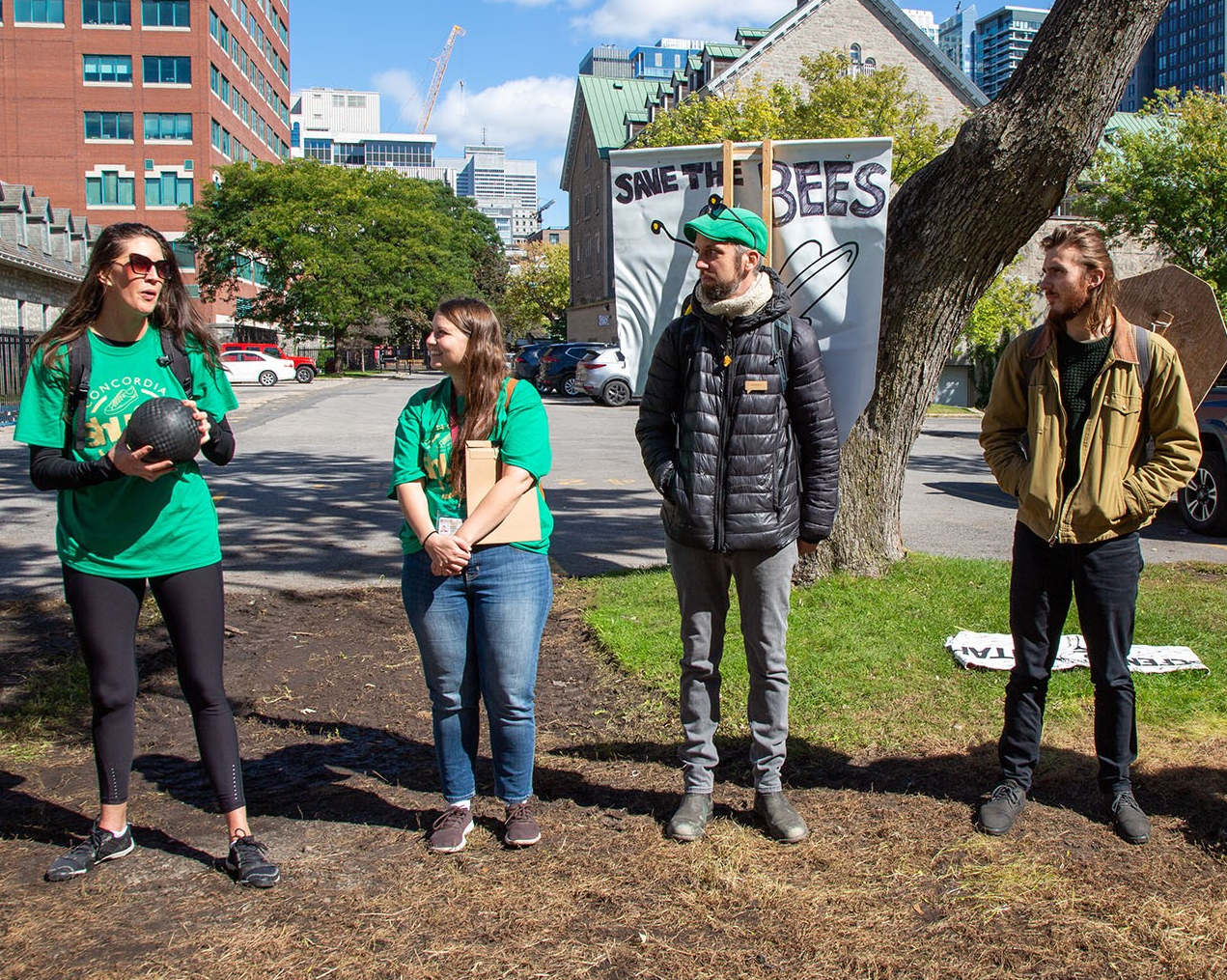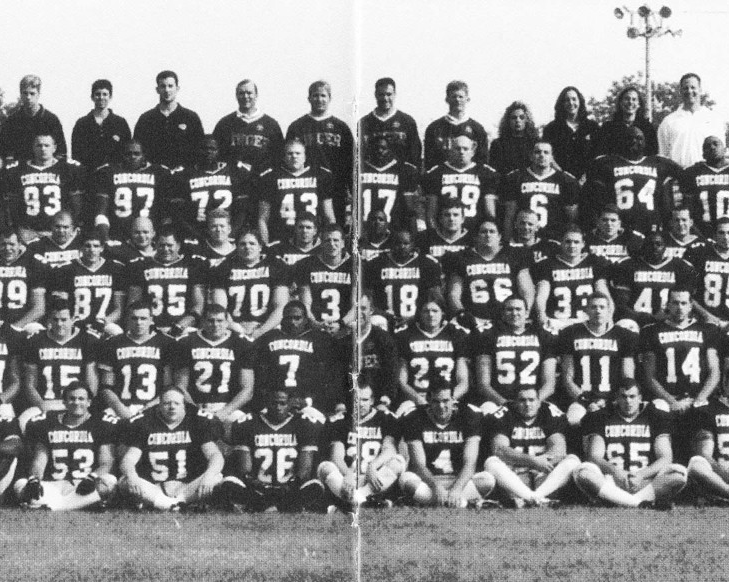Diabo, who graduated with a Bachelor of Fine Arts from Concordia's Department of Theatre, says that the program was invaluable in preparing her for the work she does today.
“It was very helpful because in my early dance training, I would learn a lot of physical movement technique, but my theatre training really brought out my performance expression. I was able to merge the dance techniques I learned with my whole being of expressing, and I think it really brought me to another level.”
Diabo combines powwow, Haudenosaunee dance and mainstream contemporary styles to create a harmonious blend of dance that speaks to Canada’s different Indigenous themes and perspectives.
“Using many different styles is like having a big vocabulary in conversation,” says Diabo, “Each style for me represents a different way of saying something — and a different feeling that goes with it.
“For example, when I include powwow dancing styles, it’s a way to ground myself with the ancestors and with the future generations and a whole culture so much bigger than me.”
In an interview with the Montreal Gazette, Diabo discussed how many Indigenous dances were “discouraged for hundreds of years and were considered unprofessional — and even illegal — in many parts of the country.
“We were made to feel invisible,” she says. “[The Prix de la danse] really made me happy that they’re making at least one Indigenous artist feel a little bit more visible today. I’m grateful for my community and for my ancestors, not just for me.”
Looking ahead, Diabo says she’d love to create another film. “I discovered the magic of dance on film, and I would like to explore that more.”
She also aims to pass on her knowledge of Indigenous dances and cultures to future generations.
“I’m always trying to support other young Indigenous artists. I’m working hard on mentorship through my dance company and on creating space for young Indigenous dancers to have access to.”
 Photo: Sylvie-Ann Paré
Photo: Sylvie-Ann Paré
 Diabo performs Sky Dancers at Toronto's Fleck Theatre. | Photo: Brian Medina
Diabo performs Sky Dancers at Toronto's Fleck Theatre. | Photo: Brian Medina


